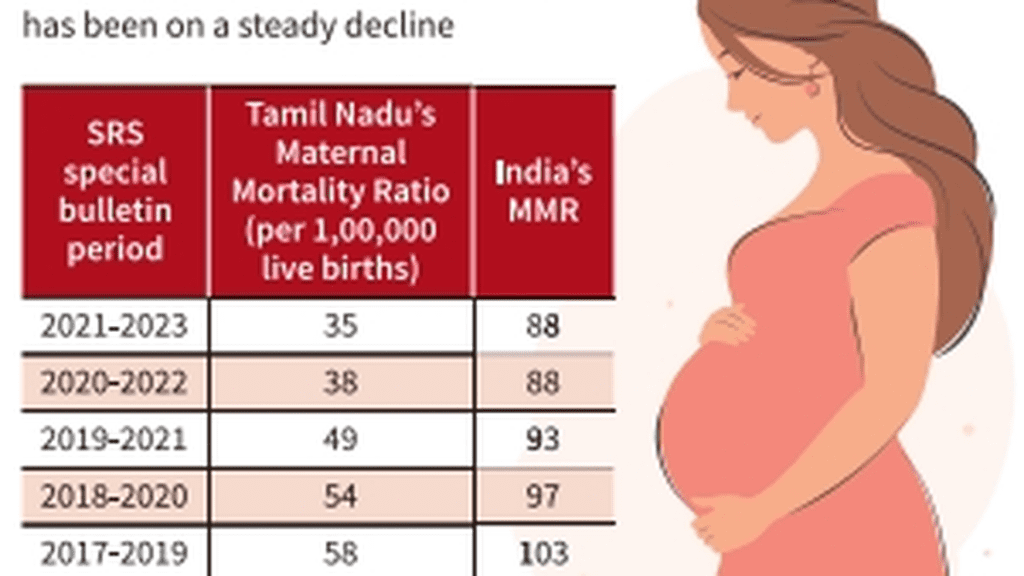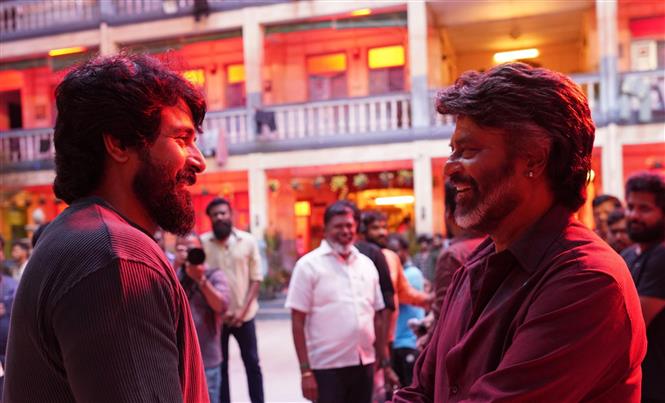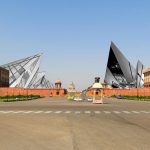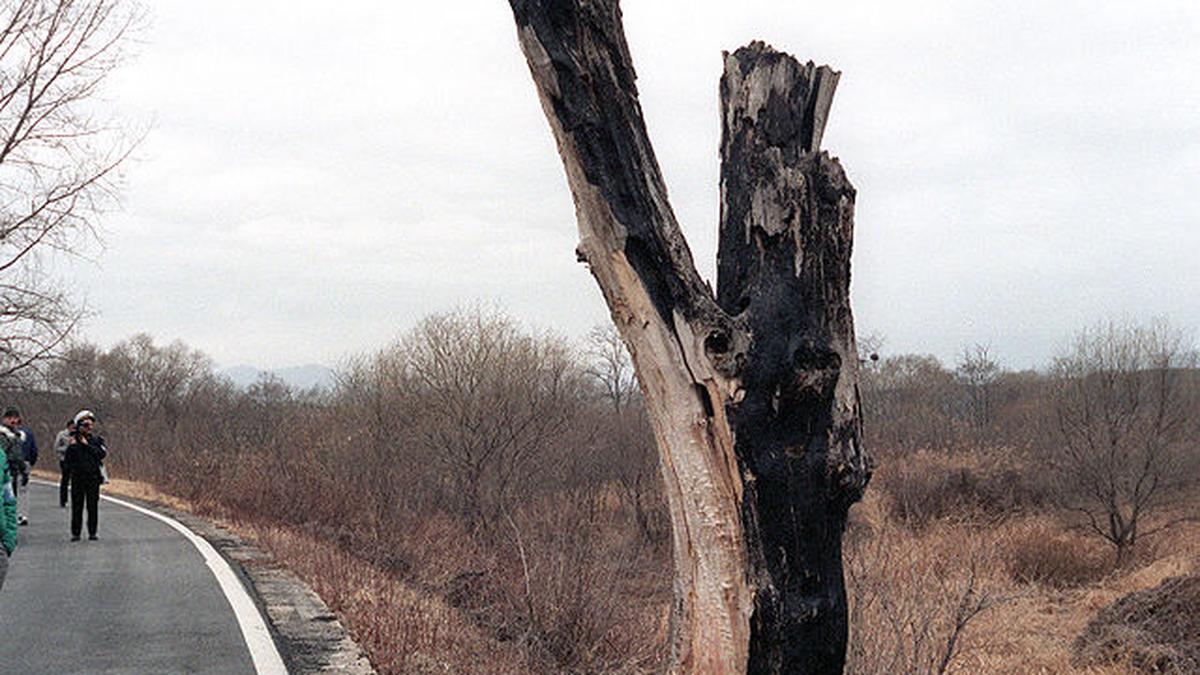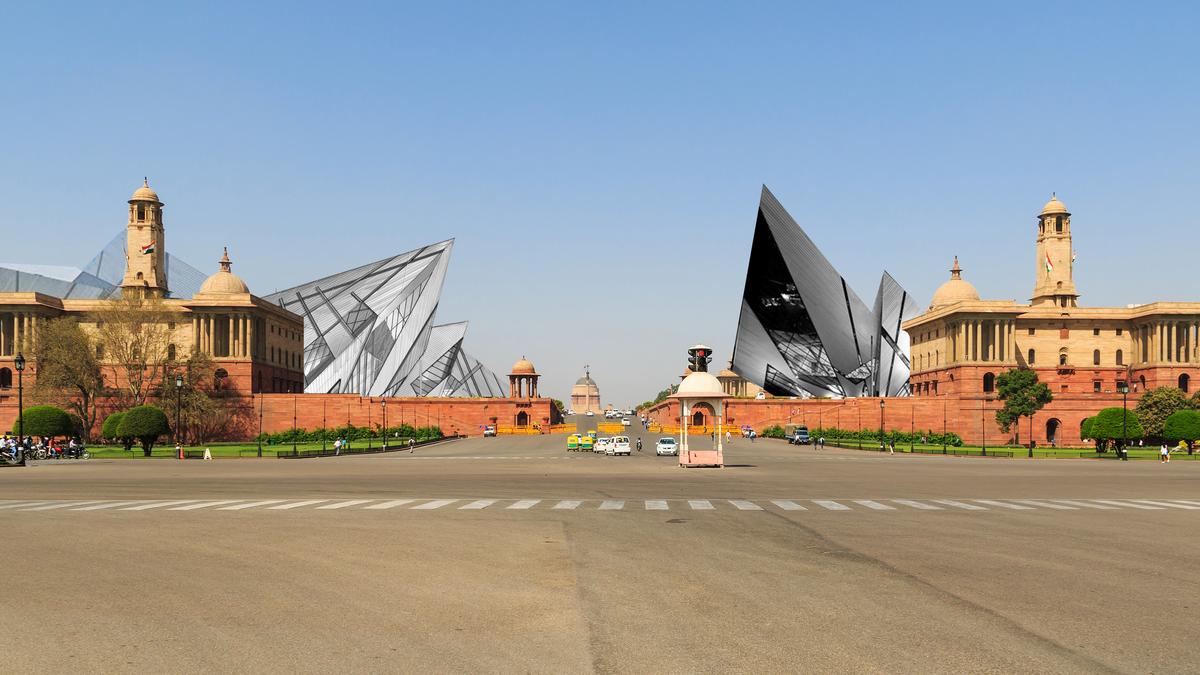Hallowed halls of history: A look at the evolution of Bengaluru’s St. Mark’s Cathedral Premium
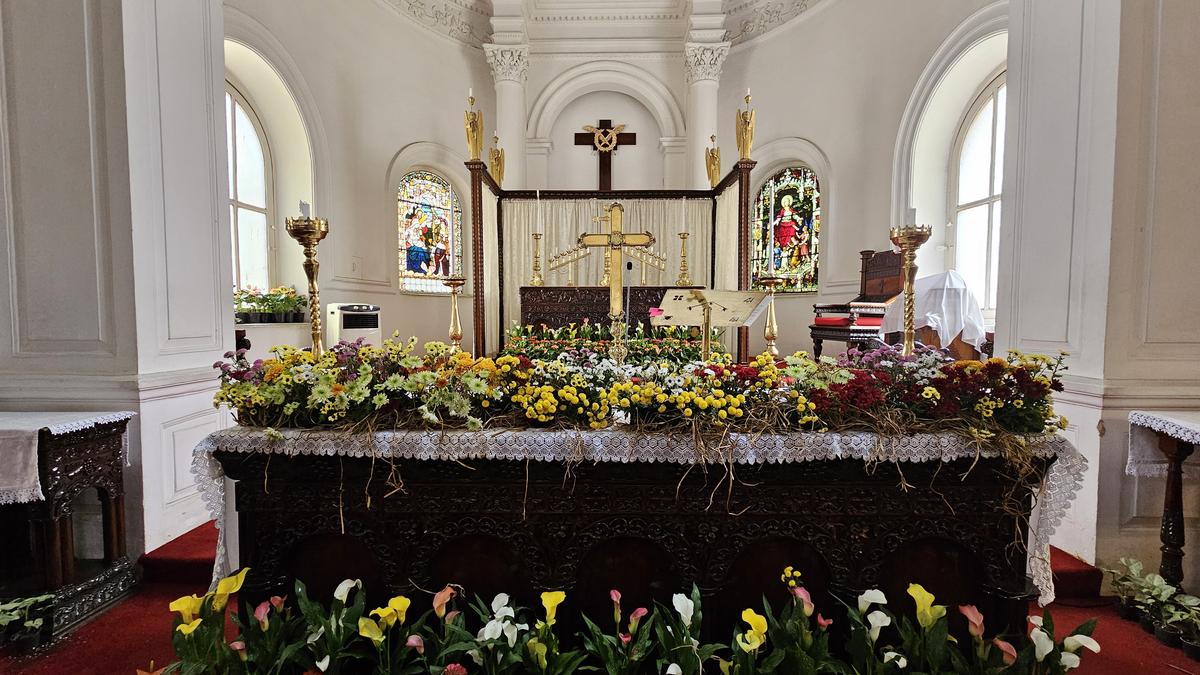
Hallowed halls of history: A look at the evolution of Bengaluru’s St. Mark’s Cathedral Premium
The St. Mark’s Cathedral, an important landmark in Bengaluru, has an interesting connection with the grand St. Mark’s Basilica in Venice, an architectural, historical and cultural marvel. A few interesting turns of events resulted in both the monuments sharing the same name.
It all began with an Irish Bishop named William Bedell who travelled to Venice in the early 1600s as the chaplain of the British Ambassador in Venice, says historian Sunil Pichamuthu, who conducted the first-ever ‘church walk’ at St. Mark’s Cathedral, Bengaluru.
After returning to Ireland, Bedell worked at the University of Dublin, where Richard Hall Kerr, who later became a chaplain at Madras (now Chennai), studied. A few years later Kerr reached Bombay in a bid to secure the job of chaplain. But unsuccessful at it, he tried to go back to London on a ship named Perseverance.
But fate had other plans for him. Kerr fell sick. So, he got off the ship when it reached Madras. By the time he recovered, the ship had left.
The reverend later became quite influential in the Madras presidency and established the St. Mark’s Church in Madras. He used to travel frequently to Mysore (now Mysuru), Malabar and often to Bangalore (now Bengaluru).
“It is surmised he rested here during his travels to recover, as it was the highest point in Bangalore at that time similar to St. Thomas Mount in Chennai where he had rested to recover from fever after disembarking from Perseverance,” Pichamuthu notes.
Kerr passed away in April of 1808 due to a fever. “Around the same time St. Mark’s Church was founded. The name of the church would have been in honour of Rev. Kerr probably,” Pichamuthu says.
But that’s not the only piece of history that makes this slice of land interesting.
According to Pichamuthu, it was around the same area where Lord Cornwallis had set up camp and waited for the Marathas in order to fight Tipu Sultan. As he waited his troops foiled an assassination attempt on him by two disguised soldiers of none other than Tipu.
The more-than-200-year-old church in Bengaluru, which in itself has become a landmark now, is no longer simply a place of worship, but a long-standing witness to the many such ebbs and flows of history.
“The entire area was given to the British army by the Wadiyars to maintain a separate area of troops,” Pichamuthu explains.
Initially, the East India Company was not keen on the work of missionaries. The company was often hostile towards them as it feared the missionary work would provoke the locals and thereby hamper its political and business interests.
However, following the efforts of William Wilberforce, a deeply religious English parliamentarian, by the late 1700s it was mandated that factories, garrisons and stations employed Chaplains.
“The East India Company had a very strict policy. Ships that weighed 500 tonnes and above were to have a chaplain on board. So, to save that extra cost and to escape from the rule, many would make their ship’s tonnage 499,” Pichamuthu notes.
The St. Mark’s church in Bengaluru was founded in 1808 and the construction was completed around 1812. Prior to it, services were held at the Parade Ground. In 1816 it was consecrated by the Bishop of Calcutta. The men of the British infantry attended the church.
While the church today is a monument of beauty with its stained-glass windows, handsome altar, marble baptismal font and a massive pipe organ, it wasn’t the case always.
A timeline of important events displayed at the church describe the initial building as “one of the ugliest buildings ever erected.”
“With its yellow-washed walls and low roof, it resembled nothing so much as a Bryant and May’s Match Box!” it reads.
This was because the British royal engineers who were involved in the construction of the church planned to build it like a barrack room, notes Pichamuthu – “100ftx 50x20ft with windows on both sides and a flat roof.”
Later in 1901, the church was enlarged. “It had a good view of raggi and rice fields in front of it then,” Pichamuthu says.
According to him, St. Mark’s cathedral is the first formal church to be established in Bengaluru.
“There was a small chapel in the Fort area called the Fort Church, which was the oldest. But it was more like a chapel. Then there was the St. Mary’s Church in the Shivaji Nagar area, but it was also initially built as a small hut with a thatched roof. The formal church came up years later,” he explains.
According to Pichamuthu the role of chaplains was not limited to just taking care of the church but included a wide variety of duties from visiting regiments to supervising schools and more.
Many of the presbyters at the church took interest in the lives and culture of local communities and played an active role in shaping several aspects of the city itself.
Take the case of S.T. Pettigrew who was presbyter at the church from 1863 to 1867. Pettigrew put his time and energy into the cause of education and started the Bishop Cotton Schools in 1865.
“Rev William Malkin who served from 1825 interacted with non-christians and documented a lot of details about their culture. Once, a convict who escaped from Penang reached Bangalore and sought refuge with Malkin. Malkin helped him and the person started assisting him as a cook. It’s similar to The Bishop’s Candlesticks, but in this case the guy didn’t run away with the candles,” quips Pichamuthu.
“John Jennings DingleBorlase who served from 1918 was yet another important figure. He was extremely passionate about learning Indian culture and society and was a member of The Mythic Society. He put forward a theory that the megalithic dolmens of Karnataka could have been sites of worship of ancient tribes in the region.”
What is today the vestry is one of the portions of the church which has seen significant changes over the years.
In 1902, the church attempted to build a huge tower of two floors to keep a stack of bells. (This was where the vestry was to come up later.) But the tower fell a few days before Christmas.
“Queen Victoria was on the throne then. The British wanted a tower of bells at the church and a granite clock at Cubbon Park. Neither materialised eventually. The tower fell and the clock couldn’t be made because they didn’t find labour with the required granite skills,” says Pichamuthu.
When the tower fell, the church organ also was destroyed. Chamarajendra Wadiyar then pulled together a pool of people who donated money to get a new organ, Pichamuthu notes.
The next eventful incident was in 1923 when a robbery attempt at the church resulted in a fire. A burglar forced open the main door of the building at around 6 p.m. in the evening. He was carrying a candle from which the curtains caught fire. A large portion of the church then comprised of woodwork. As a result, the fire spread. When the fire reached the church organ, it became an inferno.
“Since the blaze started in the east, the people who were passing on the west saw it only around 7 p.m. Bangalore, at that time, didn’t have a fire department. So, the army had to come in with their water tankers. The heat was so intense that the windows just kept bursting. Many soldiers got injured due to broken shards flying. Some say that even at 7 a.m. the next day it was smouldering,” Pichamuthu notes.
Meanwhile, the burglar who could only find communion elements such as the chalice and cup at the church, was tracked down and the silverware recovered.
The interior of the church as well as the church organ were destroyed entirely though. The church was restored by 1927. A new church organ was donated by cricketer Colin Cowdrey’s family who were planters in the Malabar coast.
“The Church, now a beautiful structure, was dedicated by the Bishop of Madras and re-opened for Divine Service on August 7, 1927. The total sum spent on the restoration was ₹61,984,” reads the timeline at the church.
In 1947, the church became the Cathedral Church of the new Diocese of Mysore.



